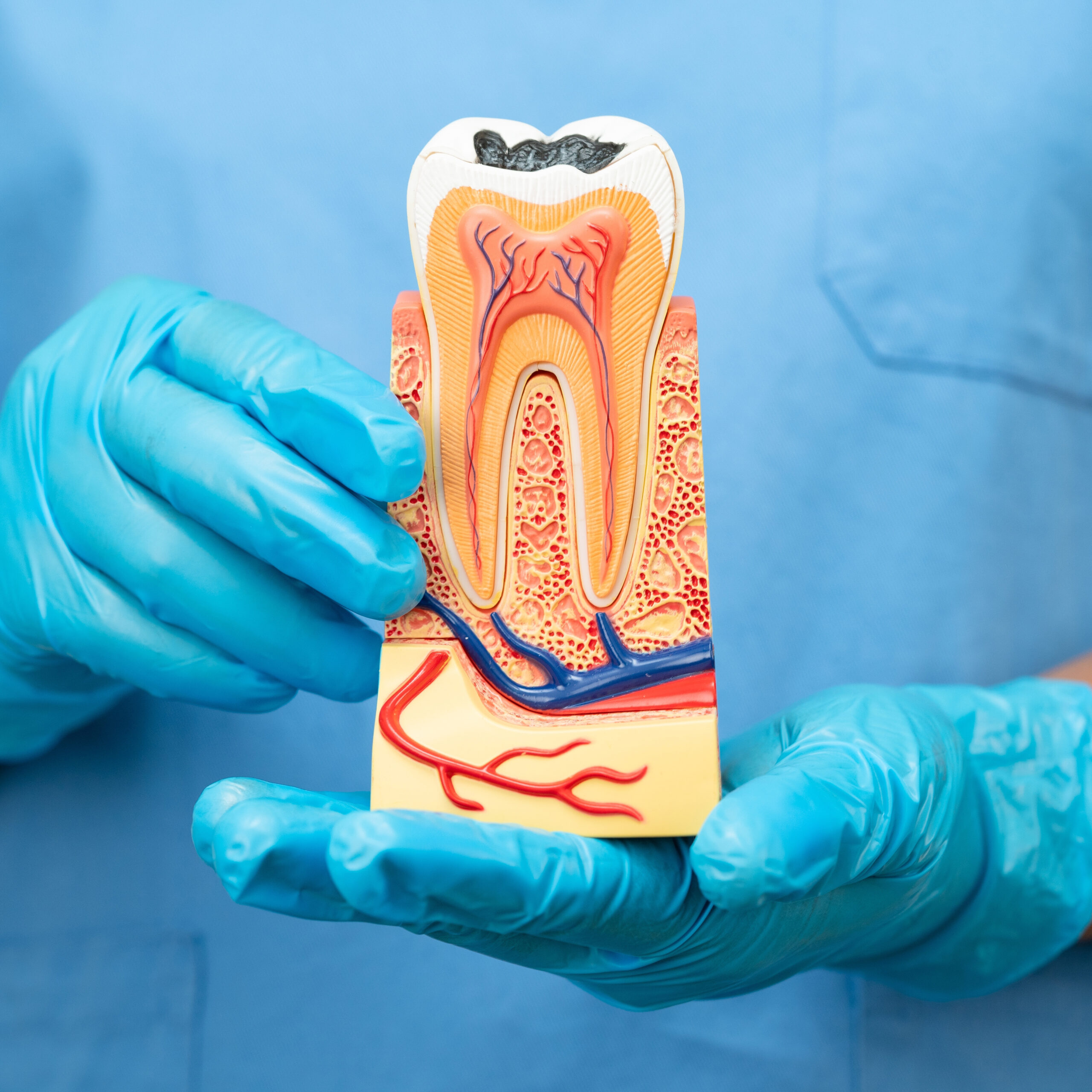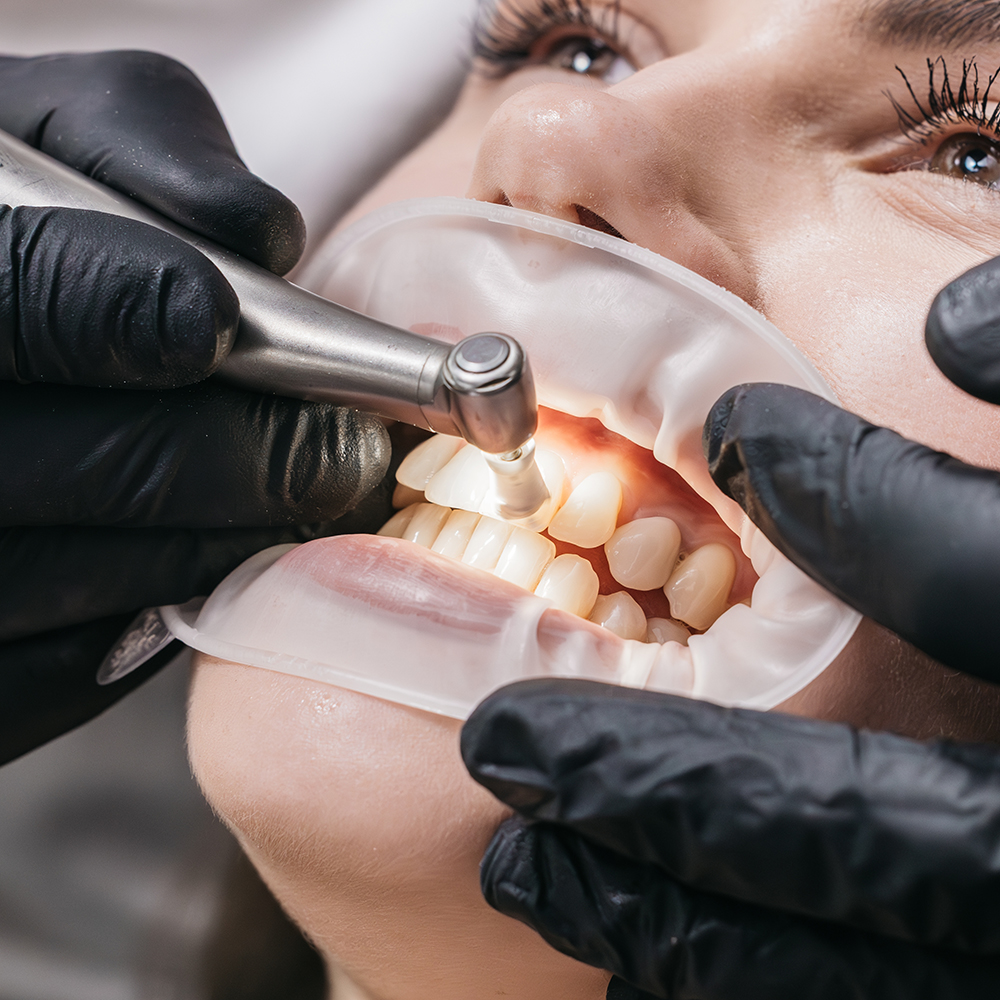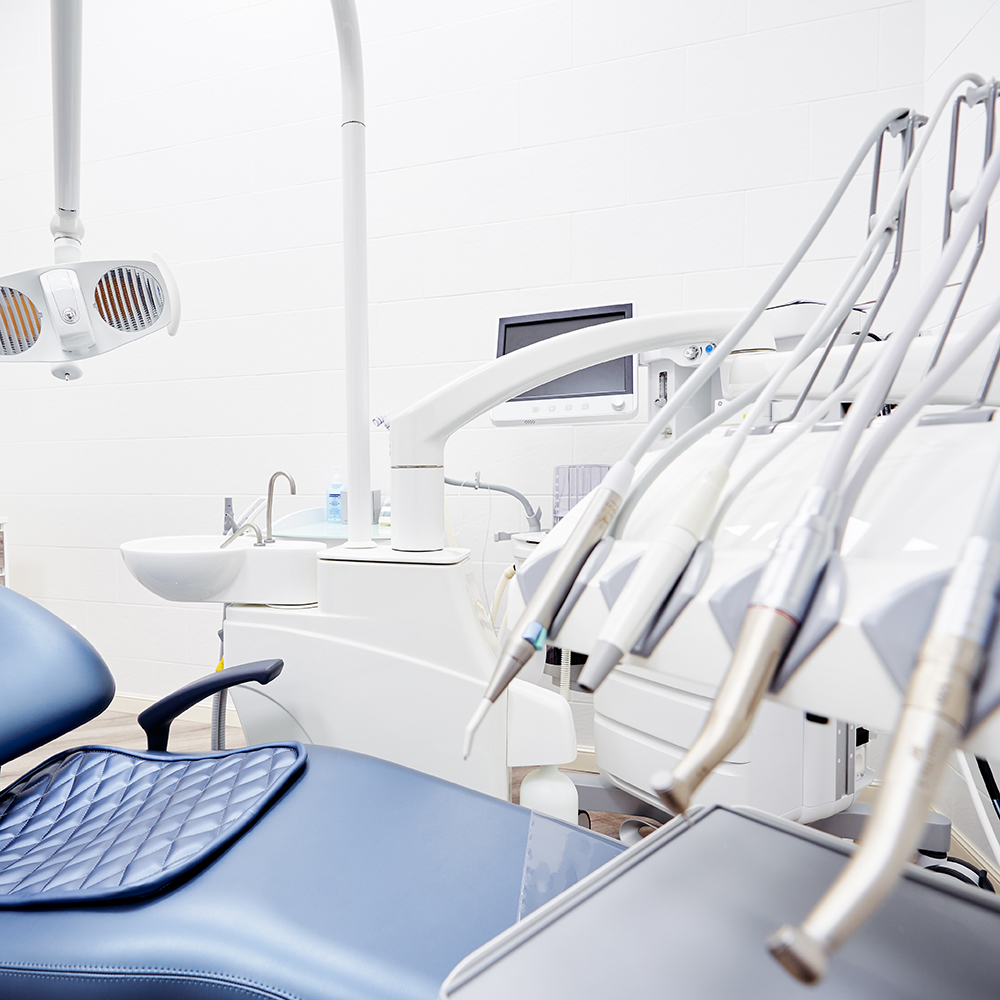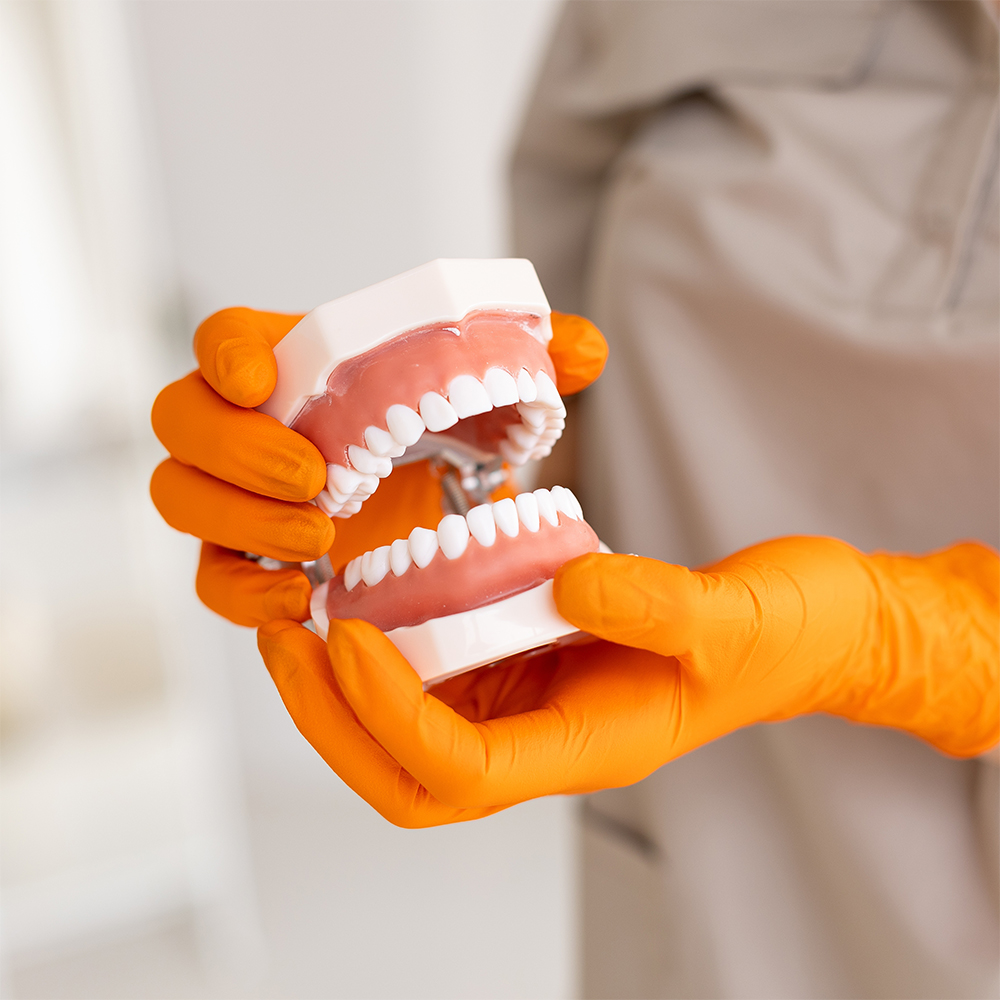
Dental veneers procedure step-by-step
A confident smile is more than just a cosmetic asset—it’s a reflection of your personality, health, and confidence. For those dealing with chipped teeth, discoloration, gaps, or crooked teeth, dental veneers offer a life-changing solution. This guide provides a detailed and professional breakdown of the entire dental veneers procedure, following each step with precision, clarity, and real-world application.
Whether you’re considering porcelain veneers, composite resin veneers, or a smile makeover, this article will serve as your complete resource.
Initial Consultation
Virtual Smile Evaluation: Your First Step
The journey begins with an initial consultation, often conducted virtually for convenience. This cosmetic dentistry procedure has evolved to include high-resolution photos of your smile and digital questionnaires. Dentists review:
- Tooth alignment
- Tooth color
- Gum health
- Bite symmetry
- Signs of worn-down or misaligned teeth
You’ll receive a detailed treatment plan, which outlines the best type of veneer for your needs—whether you need porcelain veneers for durability or composite veneers for affordability.
Are You a Candidate for Veneers?
A qualified dentist will evaluate whether you’re a suitable candidate for veneers based on:
- Enamel thickness
- Gum disease presence
- Tooth decay
- Bruxism (teeth grinding)
- Previous dental treatments
Patients with chipped teeth, misshapen teeth, or crooked teeth are typically strong candidates, provided their oral health is stable.
Travel & Arrival (For Dental Tourism)
Dental Tourism with Full Comfort
Many patients opt for dental tourism, especially in countries like Turkey where top-tier clinics offer full packages. These packages often include:
- Airport pickup
- 4–5-star accommodation
- Personal dental coordinator
- Cosmetic dentistry treatments
- Transfers between hotel and clinic
The veneers procedure is coordinated to minimize downtime and maximize comfort.

First Clinic Visit
Clinical Examination and Smile Design
Once you arrive at the dental clinic, your in-person journey starts. The dental team takes:
- 3D scans and panoramic X-rays
- Intraoral photographs
- Bite registration scans
- Shade selection for natural teeth color
Your shade of veneers is carefully selected to match your natural appearance, enhancing facial harmony.
Tooth Preparation
This is a crucial step. The tooth preparation involves carefully reshaping the surface of teeth, removing a thin layer of enamel to accommodate the veneer. This tooth preparation process ensures proper adhesion.
- Local anesthesia is used for comfort
- Digital impressions of prepared teeth are taken
- Temporary veneers are fabricated
Temporary Veneers
Why Are Temporary Veneers Important?
Until your custom veneers are ready, you’ll wear temporary veneers for a couple of weeks. They serve multiple purposes:
- Protect prepared teeth from sensitivity
- Allow preview of smile
- Help with bite adjustment
These temporaries are made from composite resin material and give you a glimpse into your future beautiful smile.
Veneer Production at the Dental Laboratory
Digital Design and Precision Manufacturing
Your digital impressions are sent to a dental laboratory, where skilled technicians use CEREC technology or CAD/CAM systems. This phase includes:
- Designing custom porcelain veneers or composite veneers
- Milling or layering materials
- Ensuring translucency and stain resistance
- Final polishing and curing
This step determines the natural appearance and durability of your veneers.

Veneer Placement
The Veneer Fitting Appointment
Once your permanent veneers are ready, you return to the clinic for placement. This appointment includes:
- Removing temporary veneers
- Trial fitting each individual veneer
- Evaluating esthetics and function
- Minor adjustments for a symmetrical smile
The Bonding Process
Once everything fits perfectly, the bonding process begins:
- Surface of teeth is cleaned and etched
- A bonding agent is applied
- Veneers are attached using dental cement
- A special light is used to cure and set the cement
Aftercare Instructions
Immediate Post-Procedure Care
After receiving veneers, follow these aftercare instructions:
- Avoid sticky food or crunchy foods for 48 hours
- Don’t chew ice or hard candies
- Brush with non-abrasive toothpaste
- Floss gently but regularly
Minor tooth sensitivity may occur but usually resolves in a few days.
Long-Term Veneer Maintenance
Maintaining a confident smile requires commitment to oral hygiene:
- Regular brushing and flossing
- Use of a night guard if you grind your teeth at night
- Routine dental visits for professional cleaning
- Avoiding colored foods like coffee or red wine immediately after placement
With proper care, porcelain veneers can last 15–20 years. Composite veneers typically last 5–7 years.
Smile Transformation: Before & After
Patients often describe their veneers procedure as life-changing. The result is a radiant smile, improved self-esteem, and enhanced social confidence.
Common Cosmetic Concerns Resolved:
- Gaps between teeth
- Tooth discoloration
- Misaligned teeth
- Chipped or broken teeth
- Worn-down or eroded teeth
Cost & Payment Plans
The cost of dental veneers varies based on:
- Location (Turkey vs. US)
- Number of veneers
- Type of material (porcelain vs. composite)
- Dentist’s experience
Clinics often offer payment plans, accessible installment plans, and discounts on full smile makeovers.
Potential Risks and How to Prevent Them
While the procedure is generally safe, possible concerns include:
- Gum irritation due to poor cement removal
- Discomfort during tooth preparation
- Need for adjustments for comfort
- Rare veneer dislodgment
Working with a qualified dentist minimizes these potential risks.
Typically 5–7 days, including planning, scanning, lab production, and fitting.
No. Local anesthesia ensures comfort, and most patients report a pain-free experience.
Not when placed by professionals. Only a thin layer of enamel is removed.
Absolutely. You can customize the shade of veneers to achieve a brighter smile or a more natural look.
Porcelain veneers are more durable and stain-resistant, while composite resin veneers are more affordable but have a shorter lifespan.
Yes, they’re ideal for masking cosmetic flaws, crooked teeth, and misshapen teeth.
With proper care, porcelain veneers can last 10–15 years, while composite veneers typically last 5–7 years.
Yes, but it’s advised to avoid biting into hard foods directly (like ice or nuts) to prolong their life.
Not really. Maintain good oral hygiene with brushing, flossing, and regular dental check-ups—just like with natural teeth.
People with untreated gum disease, severe tooth decay, or chronic teeth grinding (bruxism) may need to address these issues first before getting veneers.
Conclusion: Is This Cosmetic Treatment Right for You?
If you’re looking to bring your dream smile to life, the dental veneers procedure is one of the most reliable and customizable cosmetic dentistry options available today. From initial consultation to proper aftercare, each step is designed for long-term success.
Book a consultation, speak with a qualified health practitioner, and prepare to embrace a more confident smile—one that reflects your inner beauty.

This article has been reviewed by a certified dental specialist Oguzhan Sunar for medical accuracy










